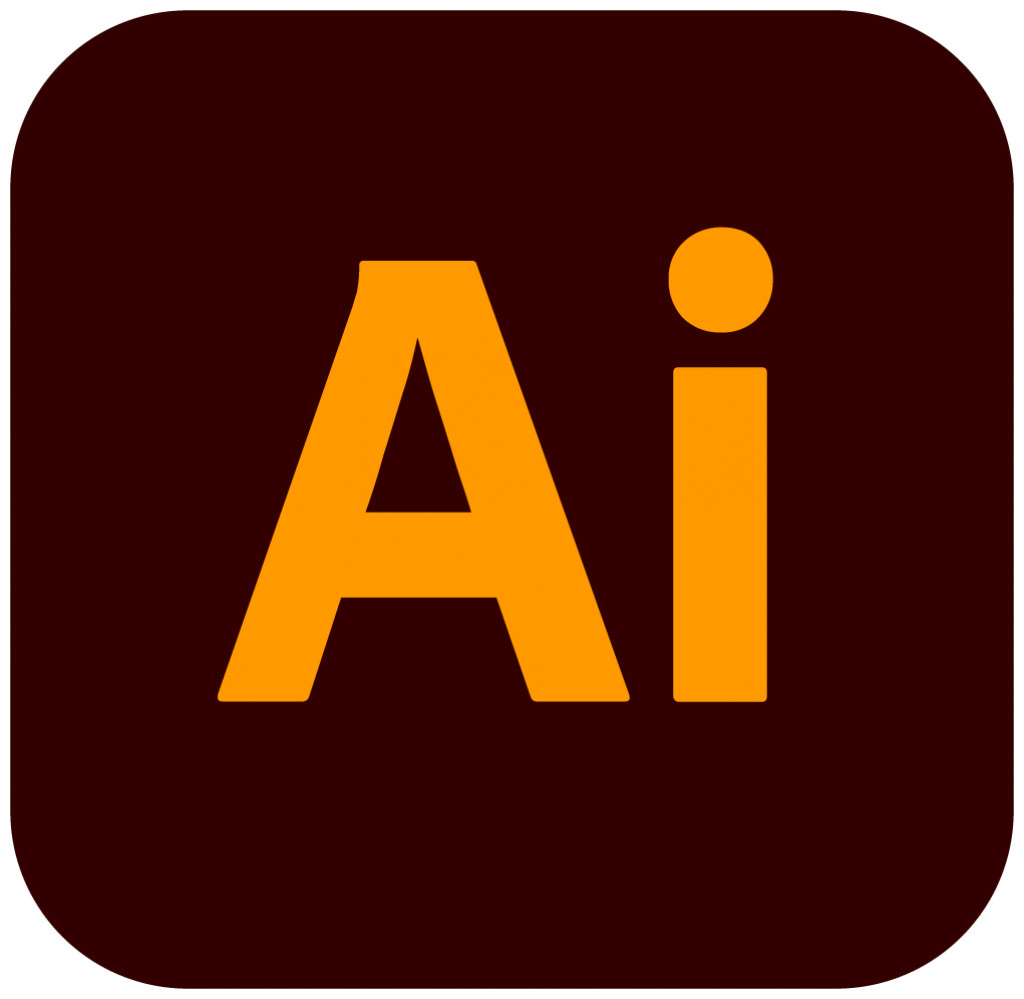Adobe Stock is a fantastic resource for graphic designers, marketers, and creatives alike, offering a vast library of high-quality images, videos, templates, and 3D assets. One of the most appealing aspects of Adobe Stock is its seamless integration with Adobe Creative Cloud applications like Illustrator, making it easy for users to find and incorporate stunning visuals right into their projects.
Whether you’re working on a marketing campaign, a website design, or even a personal project, Adobe Stock provides you with millions of assets to choose from. The platform is user-friendly, and the search functionality is intuitive, allowing you to filter by categories, license types, and even color. With a subscription model and various pricing options, you can easily find a plan that suits your needs.
Furthermore, Adobe Stock offers curated collections and editorials to help you discover new and trending content. If you’re unsure about how to find that perfect image or video clip, the platform supports free trials and offers high-resolution files, making it easier than ever to explore. Plus, with the Adobe Stock Marketplace, you can also sell your own images and assets, expanding your creative ventures even further.
Setting Up Illustrator for Adobe Stock Access
Setting up Adobe Illustrator for seamless access to Adobe Stock is a breeze, and doing so can significantly enhance your design workflow. Here’s a step-by-step guide to help you get started:
- Open Adobe Illustrator: Launch the application on your computer. Make sure you have the latest version installed for the best performance and features.
- Sign in to Creative Cloud: Go to the top-right corner of Illustrator and click on the *‘Sign In’ button. Enter your Adobe credentials. If you don’t have an account yet, you can create one during this step.
- Access the Libraries panel: Navigate to the ‘Window’ menu at the top, then select ‘Libraries’. This panel is essential for accessing Adobe Stock assets and managing your design resources.
- Explore Adobe Stock: In the Libraries panel, you’ll find the ‘Adobe Stock’ option. Click on it, and a new window will pop up, allowing you to browse through the vast collection. Use the search bar to quickly find specific images or videos.
- Add to Your Library: When you find a piece you like, you can either purchase it or add it to your library for further use. To add it, simply click on the ‘Add to Library’* button.
By following these simple steps, you can unlock a treasure trove of resources at your fingertips, making your creative projects more streamlined and visually appealing. Happy designing!
Also Read This: How to Invert an Image on Google Slides
Searching for Stock Photos
When it comes to enhancing your design projects, having access to high-quality images is crucial. Adobe Stock offers a convenient way to search for stock photos right within Illustrator. Just imagine the vast library of images at your fingertips! Here’s how you can effectively search for stock photos:
- Keywords are Key: Start by brainstorming the keywords relevant to your project. Think about the themes, objects, or concepts you want to depict. For instance, if you're working on a nature-themed project, you might use keywords like "forest," "sunset," or "wildlife."
- Use Filters: Adobe Stock allows you to refine your search using various filters. You can narrow down results by orientation, color, or even file type. This helps in finding the perfect fit for your design quickly.
- Explore Collections: Sometimes, instead of searching individually, it’s beneficial to explore curated collections. These are themed sets of images that can give you inspiration and streamline your selection process.
- Save Favorites: While browsing through images, you can save your favorites for later. This way, you can compare different options and make an informed choice without losing track of what caught your eye.
Ultimately, searching for stock photos in Adobe Stock is not just about finding images; it’s about discovering the right visual storytelling tool that elevates your work. So, take your time, explore, and let creativity guide your search!
Also Read This: Utilizing Behance Fonts for Your Projects
Previewing Stock Photos in Illustrator
Once you've found a few potential stock photos, it's time to preview them right in Adobe Illustrator! This feature allows you to see how an image fits within your current project without committing to a purchase. Here’s how you can preview stock photos effectively:
- Select the Image: After searching and finding an image you like, click on it to see a larger preview. Illustrator will display the image along with some details, such as file size and licensing options.
- Drag and Drop: You can easily drag the image into your workspace. This provides a quick visual reference to see how the image interacts with your existing design elements. It’s a great way to ensure color harmony and layout compatibility.
- Use the Preview Mode: Illustrator has a "Preview" mode that allows you to see the stock photo in action. You can adjust its size, apply effects, and even place it behind or in front of other elements to get a feel of its impact.
- Test Compatibility: While previewing, don’t hesitate to make test adjustments—scale, rotate, or recolor the image to see how well it integrates with your project. This hands-on approach can reveal a lot about the photo's fit.
Remember, the preview feature is a wonderful way to experiment before making any final decisions. Enjoy the exploration, and make sure every image you choose enhances your design story!
Also Read This: Adobe How Much Do I Get Paid for Adobe Stock? (A Guide for Contributors)
5. How to License and Use Stock Photos
When you’re diving into the world of Adobe Stock, understanding how to license and use stock photos is crucial to ensure you're using the images legally and effectively for your projects. Licensing is a straightforward process, and once you know how it works, you can access a treasure trove of high-quality images.
Here's a quick step-by-step guide on how to license and use stock photos in Adobe Illustrator:
- Access Adobe Stock: Launch Adobe Illustrator and go to the 'Library' panel. Here, you can search for your desired stock photos directly.
- Choose Your Image: Browse through the vast catalog. When you find an image you like, click on it to preview it. Be sure to check the resolution and compatibility with your project.
- License It: To use a stock photo, you need to license it. Click on the “License” button next to the image. This action will deduct credits from your account, or prompt you for payment if you're using a paid plan.
- Download the Image: After licensing, you can download the image directly to your creative cloud library.
- Add to Your Project: Drag the stocked photo from the Libraries panel right into your Illustrator project—voila!
Remember, licensing is a commitment. Once you license an image, you’re allowed to use it according to the terms set by Adobe Stock. This usually means you can use it for commercial purposes, but always double-check the specific licensing agreement.
Also Read This: How to Trace an Image for Accurate Drawing
6. Tips for Integrating Stock Photos into Your Projects
Integrating stock photos into your design projects adds a professional touch, but it's essential to do it right. Whether it's for marketing collateral, social media graphics, or website visuals, here are some tips to ensure your stock images blend seamlessly into your work.
- Choose Images That Align with Your Brand: The stock photos you select should reflect your brand's voice and message. Consider the colors, style, and overall aesthetic. Consistency is key!
- Customize the Photos: Don’t hesitate to edit stock photos to fit your design. Use Illustrator’s powerful tools to resize, crop, or apply filters—they should look like they belong in your project.
- Combine Multiple Images: Sometimes, one image isn’t enough. Consider layering or combining stock images to create a unique composition that tells a story.
- Utilize Negative Space: Look for photos with ample negative space that can accommodate text or other graphic elements without appearing cluttered.
- Check Licensing Again: Always recheck the licensing terms before using any stock photo in commercial projects to avoid legal issues.
By keeping these tips in mind, you can elevate the look and feel of your projects, making them not only appealing but also effectively conveying your intended message. Happy designing!
Viewing Adobe Stock Photos in Illustrator
Adobe Stock is an excellent resource for finding high-quality images to enhance your creative projects. When using Adobe Illustrator, accessing and viewing Adobe Stock photos can greatly enrich your design experience. This guide will explain how to view and use these stock images seamlessly within Illustrator.
Steps to View Adobe Stock Photos in Illustrator
Follow these simple steps to easily access Adobe Stock photos while working in Illustrator:
- Open Illustrator: Launch Adobe Illustrator and create a new document or open an existing one.
- Access Adobe Stock: Navigate to the "Window" menu in the top toolbar and select "Libraries." This will open the Libraries panel.
- Sign in to Adobe Stock: If you haven’t signed in, you need to log in with your Adobe ID. Ensure your subscription includes access to Adobe Stock.
- Search for Photos: In the Libraries panel, use the search bar to enter keywords related to the images you want. Browse through the results to find suitable photos.
- Preview and Use Images: Click on any image to preview it. If you like what you see, drag the image directly into your document.
Benefits of Using Adobe Stock in Illustrator
Using Adobe Stock photos in Illustrator offers several advantages:
- High Quality: All images are professionally curated to ensure quality.
- Variety: A vast selection of images across different categories.
- Easy Integration: Seamless integration within the Adobe suite enhances workflow.
In conclusion, viewing and incorporating Adobe Stock photos in Illustrator is a straightforward process that can significantly elevate the quality of your design projects, providing you with the resources necessary for professional-grade work.

 admin
admin








